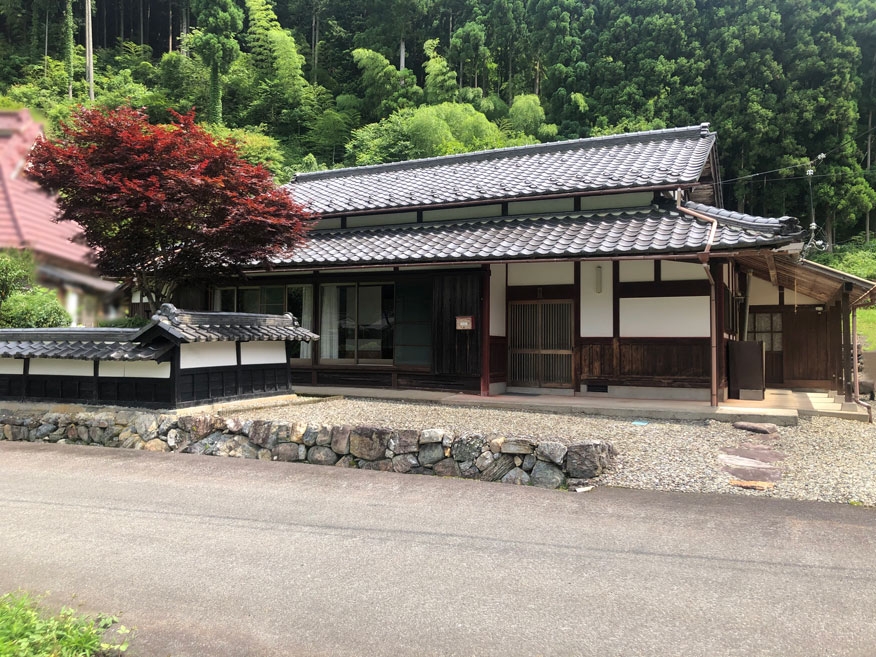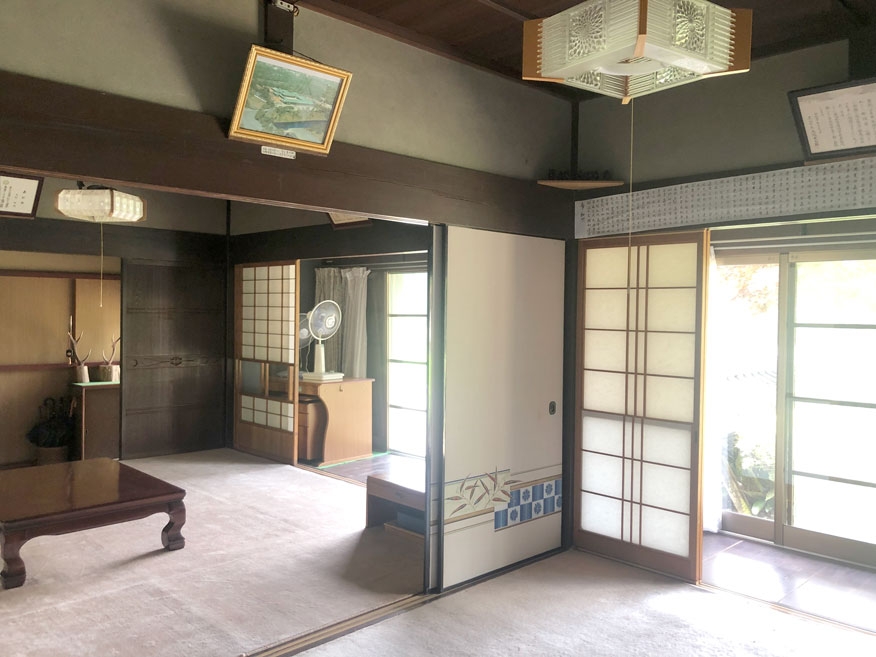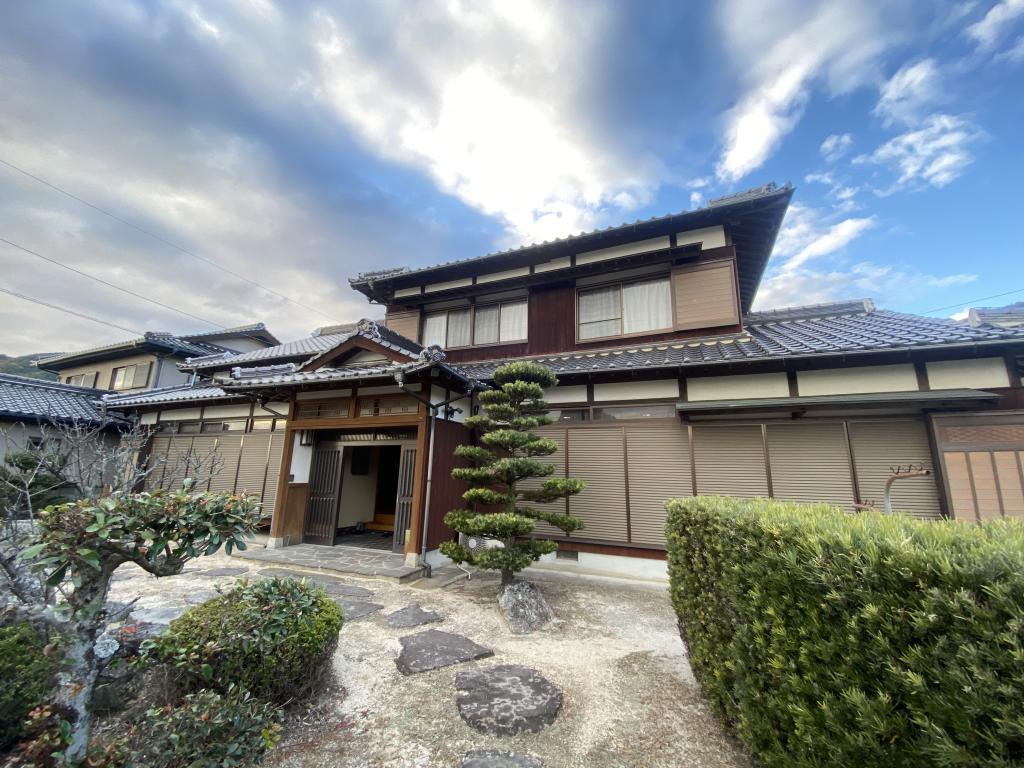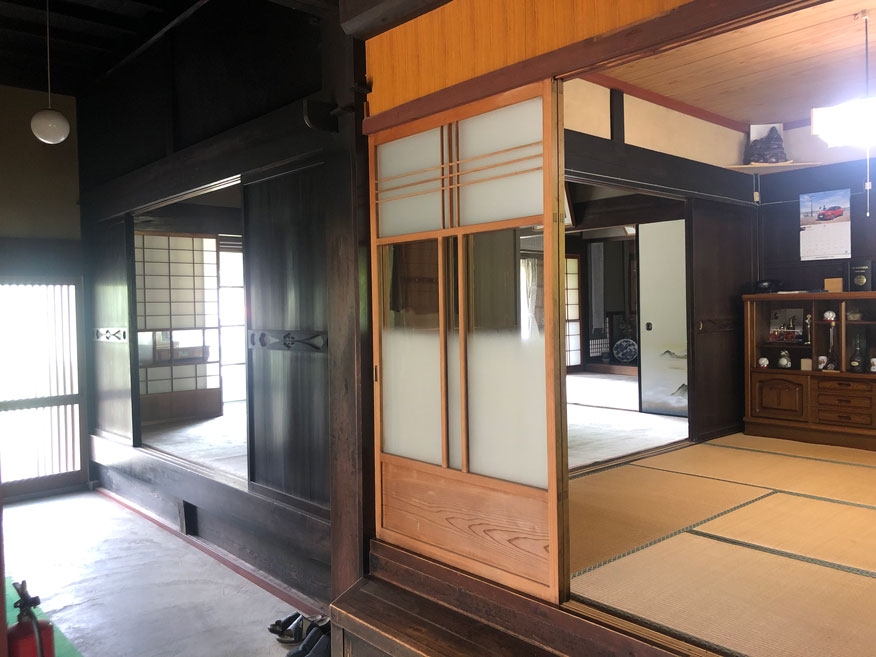Italy’s 1 Euro homes took the world by storm a few years ago, but there’s another destination property market worth pondering. In Japan, incredible traditional homes surrounded by stunning scenery are being sold for unbelievably low prices in hopes of breathing new life into its countryside.
Due to an ageing population and declining rural economy, Akiya, Japanese for “empty house”, are a common site in Japan – particularly in rural regions. These homes, some derelict for decades, make up for an estimated 15% of Japan’s housing stock. Younger generations have little to no interest in them, preferring new builds with modern amenities closer to the city. Considered disposable, these houses are being sold off cheap as chips because they’re otherwise seen as depreciating assets.
Like, how cheap?
Buyers looking for a vacant home in Japan in liveable conditions should be prepared to pay between ¥5m ($48,000 AUD) and ¥30m ($290,000 AUD).
While the definition of “liveable conditions” varies from person to person (and Akiya to Akiya), most properties on offer could do with some renovation and restoration work beyond a lick of paint. But with price tags sometimes even starting at under ¥5m, buyers are left with plenty in the bank to spend updating their new digs – with insulation, soundproofing, and kitchen/bathroom renovations the most common.
From Ota, a village on Japan’s southern island of Kyushu, to Ogawamachi, near Tokyo, character-filled homes set on picturesque parcels of land are on offer for less than the price of an apartment deposit in Sydney.

And sometimes, much less. In Tsugaru, a quiet city in Aomori Prefecture, you can bag a home built in 1986 on 669.18㎡ with a blossoming daffodil garden and within walking distance to hot springs for ¥1m, or just $9,500 AUD. Nope, that’s not missing a zero, either. It’s like a slice of the Cotswolds in Japan, but for the price of a flight to the Cotswolds.

Meanwhile, in Suzunogawa, Hagi City, for $19,000 AUD, you could claim the keys to a traditional home built 65 years ago complete with farmland and rice fields, as well as a 2-story barn and warehouse on site.

When the previous owners of these large, older homes boasting traditional Japanese architecture – often on huge pieces of scenic land – move to care facilities or pass away, those who inherit them often see it as a burden. With no younger generations moving in, these small towns are disappearing from the map – or at least were, until foreigners began stepping in.

Like Italy’s cheap home scheme, Japan hopes that foreigners will find potential in these abandoned abodes, investing time and money into restoring them while either using them as full-time residences or holiday homes. Local governments throughout the country have created offices specialising in finding new owners. Called ‘Akiya Banks’, they’re fuelled not just by financial incentive but by their desire to revitalise villages before they disappear for good.
Speak To An Expert
Schedule in a time to discuss your situation with a home loan specialist
In a country known for its sky-high real estate prices, buying a large country home (or “kominka”) in Japan for such a low price seems too good to be true. But there truly seems to be no catch. Sure, there are additional taxes just as with any other property sale, but nothing out of the ordinary.
Aside from the anticipated renovation work, the only hurdle, for some, would be that while no citizenship or resident visa is required to buy land or property in Japan, getting a loan without a work visa or permanent resident status can be difficult. But at these prices, most expats come with cash.
Ready to take the plunge? This website <a href=”https://www.akiya-athome.jp/”>https://www.akiya-athome.jp/</a> is a great place to start, which collects listings from throughout Japan and can easily be translated to English. Though with its current listing count of 8,905 homes in 803 municipalities, it might be best to begin when you’ve got a spare 48 hours to hunt.
